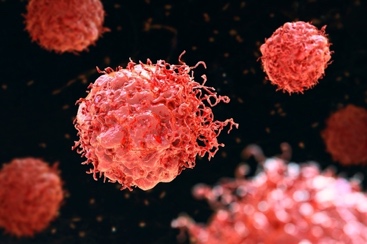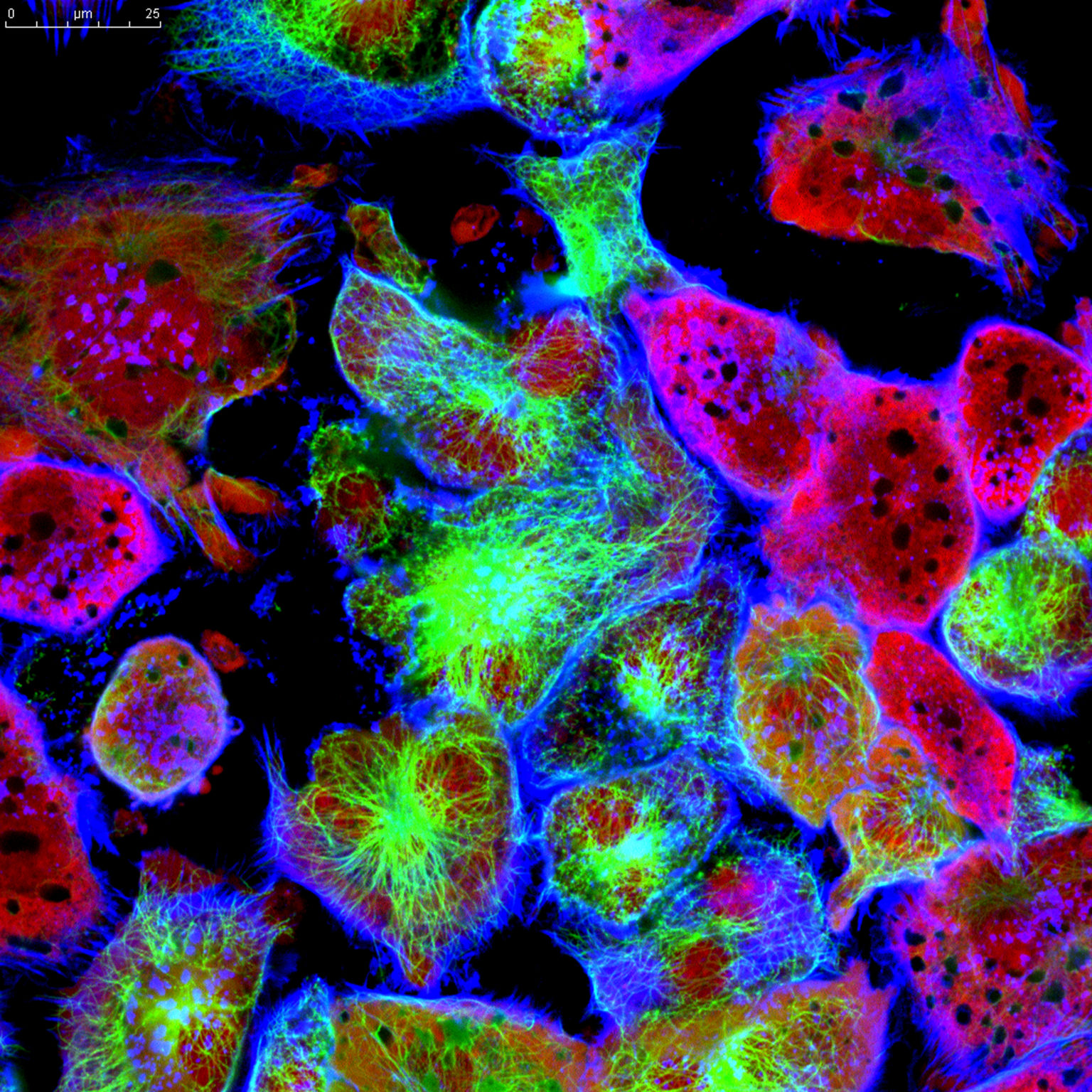Advanced non-small cell lung cancer (NSCLC) treatment has shifted with checkpoint inhibitors and targeted therapies. Yet 5-year overall survival (OS) remains approximately 25%, and outcomes for KRAS-mutant disease—especially with STK11 and/or KEAP1 co-mutations—are poor, with primary resistance to the PD-1/PD-L1 blockade. Despite approvals of KRAS G12C inhibitors, resistance and limited durability persist, motivating new strategies. Prior work suggested KRAS-mutant NSCLC harboring STK11/KEAP1 is selectively sensitive to N-myristoyltransferase (NMT) inhibition and linked that sensitivity to dependence on the mitochondrial import protein TIMM17A. The authors therefore hypothesized an NMT1–TIMM17A vulnerability axis and examined whether tumor expression of NMT1 and TIMM17A associates with survival in lung adenocarcinoma (LUAD).
Using The Cancer Genome Atlas-LUAD (n=486) with multivariable Cox models (adjusted for age, gender, stage, KRAS/STK11/KEAP1 status) and validation in OncoSG ever-smokers, higher expression of NMT1 or TIMM17A each associated with worse OS. Dichotomized high expression increased mortality risk (eg, HR≈1.5–1.6), and combined high-high expression predicted significantly poorer OS, disease-specific survival, and disease-free survival. Effects were not explained by stage or common mutations, though tumor hypoxia correlated with both genes and accounted for part of the signal. Overall, co-overexpression of NMT1 and TIMM17A emerges as a prognostic marker and supports further study of the NMT1–TIMM17A axis—and NMT inhibitors—as a potential therapeutic approach for KRAS/STK11/KEAP1-mutant LUAD.
Reference: Chan AA, Sankar K, Reckamp KL, Díaz B, Lee DJ. Elevated co-expression of TIMM17A and NMT1 is associated with poor survival in non-small cell lung cancer. Sci Rep. 2025;15(1):35597. doi: 10.1038/s41598-025-11897-9.








